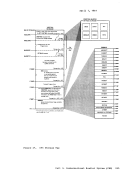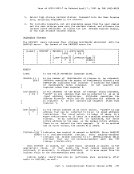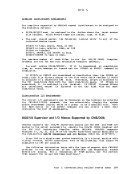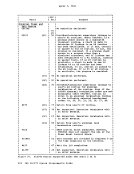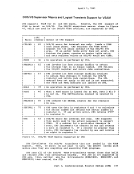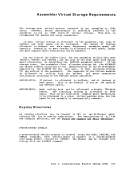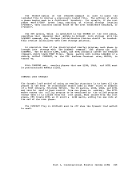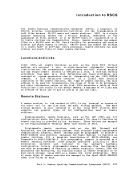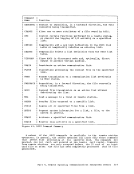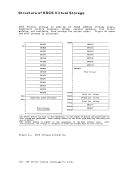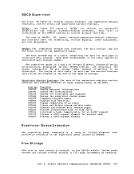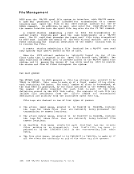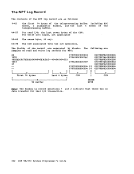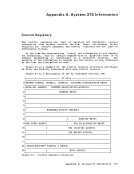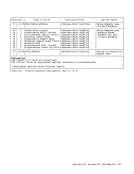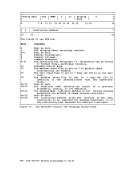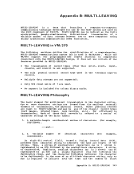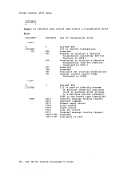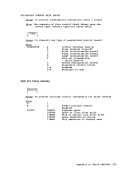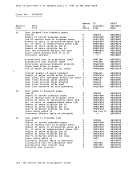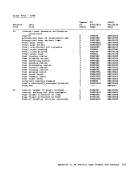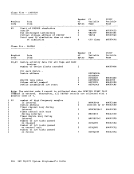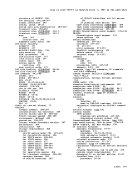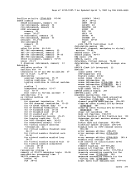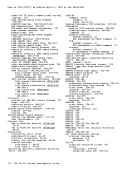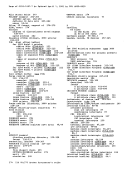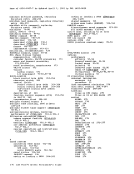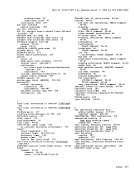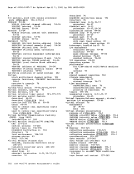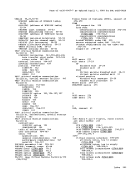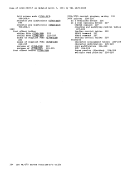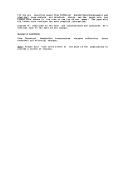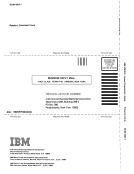to another virtual machine by issuing the
message facility uses the
Communication Facility
sending virtual machine does not need to perform the initialization
required by
later in this topic.
To send a message, a virtual machine need only prepare the message
text --up to 129 bytes and issue the class G command,
virtual machine and specify the message text. The format of the message
text must be acceptable to the receiving virtual machine. The
Before the rece1v1ng virtual machine can receive special messages, it
must enable itself to receive external interrupts, must set bit 31 in
control register
itself by issuing
external-interrupt buffer, must specify a buffer length of 169 bytes,
and must have the special message flag
receiving virtual machine may turn on this flag by setting
value of B'l'. Optionally, the receiving virtual machine may turn on
the special message flag by issuing the class G
For information on using
virtual machine,
see
special message is presented to
the receiving
section
it may turn off the special message flag by issuing the command,
the command,
machine that attempts to send a special message to another virtual
machine that is not accepting special messages.
follows.
options were specified and that a valid
verifies that the receiving virtual machine is authorized and accepting
special messages.
buffer and builds the parameter list required by
external interrupt buffer contains the external interrupt message
header. Descriptions of the fields contained in this message header are
described in the section
that the
doubleword of the user issuing the
Finally,
the receiving virtual machine.

























































































































































































































































































